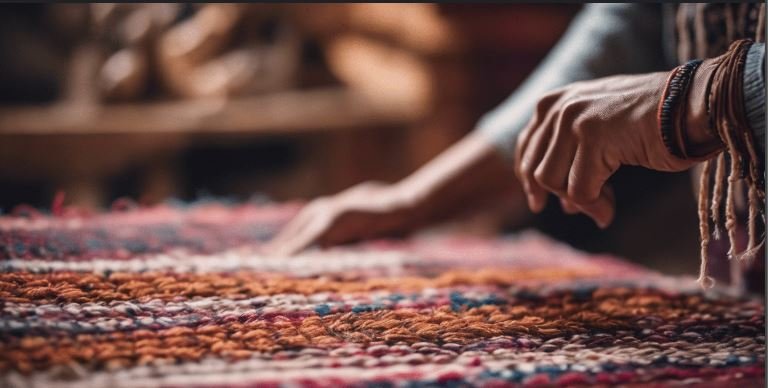Weaving a legacy of tradition and artistry, the art of weaving in various cultures represents a profound connection to heritage, craftsmanship, and creativity. This intricate and time-honored craft not only showcases the skills of artisans but also preserves cultural narratives and traditions. This exploration explores into the significance of weaving, its historical roots, and the artistry that continues to thrive today.

1. Historical Roots of Weaving
Weaving is one of the oldest crafts known to humanity, with evidence of woven textiles dating back thousands of years. Ancient civilizations such as the Egyptians, Greeks, and Chinese practiced weaving, creating intricate fabrics that were used for clothing, trade, and ceremonial purposes. The discovery of ancient looms and woven artifacts provides insight into the advanced techniques and artistic expressions of these early weavers. These historical roots highlight the enduring significance of weaving as a fundamental human activity.
2. Cultural Significance of Weaving
In many cultures, weaving holds profound cultural significance. Traditional patterns and designs often carry symbolic meanings, representing local myths, beliefs, and stories. In regions like South America, Africa, and Asia, weaving techniques and motifs are passed down through generations, preserving the cultural heritage and identity of communities. The vibrant textiles of the Andean cultures, the intricate patterns of African Kente cloth, and the delicate silk weavings of East Asia are all testaments to the cultural importance of this craft. Weaving serves as a medium for cultural expression and continuity.
3. Artistry and Techniques
The artistry of weaving lies in the meticulous techniques and creativity of the weavers. Different cultures have developed unique weaving methods, each requiring skill and precision. Techniques such as tapestry weaving, ikat, and brocade demonstrate the versatility and complexity of the craft. Artisans spend years mastering their techniques, often working on intricate designs that require immense patience and attention to detail. The artistry of weaving extends beyond functionality, transforming simple threads into works of art that tell stories and capture the imagination.
4. Weaving Communities and Traditions
Weaving communities around the world play a crucial role in sustaining this traditional craft. In regions like Oaxaca in Mexico, Rajasthan in India, and the Navajo Nation in the United States, weaving is a vital part of daily life and economic activity. These communities often operate cooperatives and workshops, where artisans collaborate and share their knowledge. By maintaining traditional techniques and experimenting with new designs, these weaving communities ensure that their craft remains relevant and vibrant. The communal aspect of weaving fosters a sense of belonging and mutual support among artisans.
5. Modern Innovations in Weaving
While rooted in tradition, the art of weaving has also embraced modern innovations. Contemporary weavers often blend traditional techniques with new materials and designs, creating unique and innovative textiles. The use of sustainable and eco-friendly fibers, digital design tools, and advanced dyeing methods has expanded the possibilities for modern weaving. These innovations allow artisans to explore new creative avenues while preserving the essence of their craft. Modern weaving reflects a dynamic interplay between tradition and innovation, ensuring the continued evolution of the art form.
6. Preserving and Promoting Weaving
Efforts to preserve and promote the art of weaving are crucial in ensuring its future. Organizations, museums, and cultural institutions around the world support weavers through exhibitions, workshops, and educational programs. Initiatives aimed at protecting traditional knowledge and providing economic opportunities for artisans help sustain the craft. By raising awareness and appreciation for the artistry of weaving, these efforts contribute to the survival and flourishing of this ancient tradition. Preserving weaving is not only about maintaining a craft but also about honoring the cultural legacies it embodies.
Conclusion
Weaving a legacy of tradition and artistry, the ancient craft of weaving continues to thrive as a vibrant and dynamic form of cultural expression. From its historical roots to its modern innovations, weaving represents the skill, creativity, and heritage of artisans around the world. By preserving and promoting this craft, we celebrate the rich narratives and artistic achievements embedded in each woven piece. The art of weaving, with its profound cultural significance and timeless beauty, remains a testament to human ingenuity and the enduring power of tradition.

